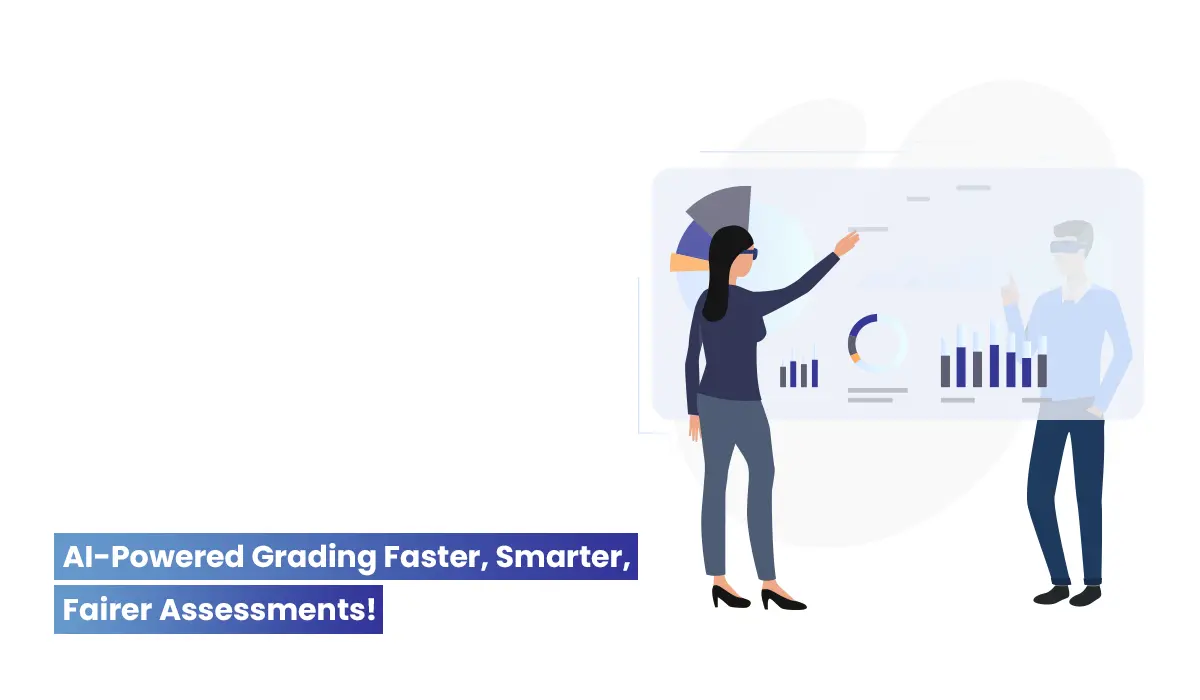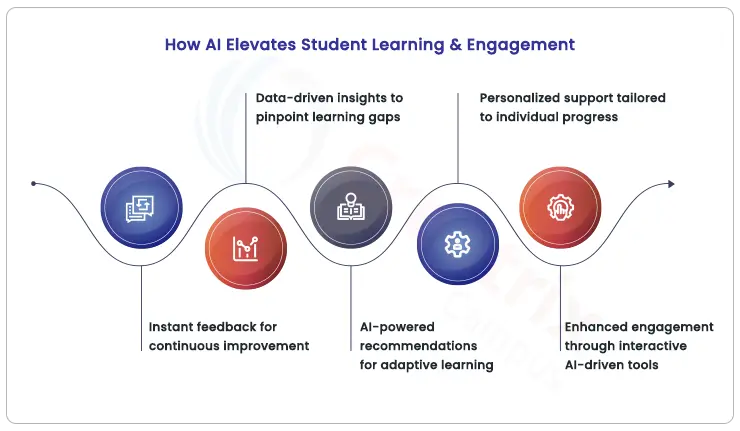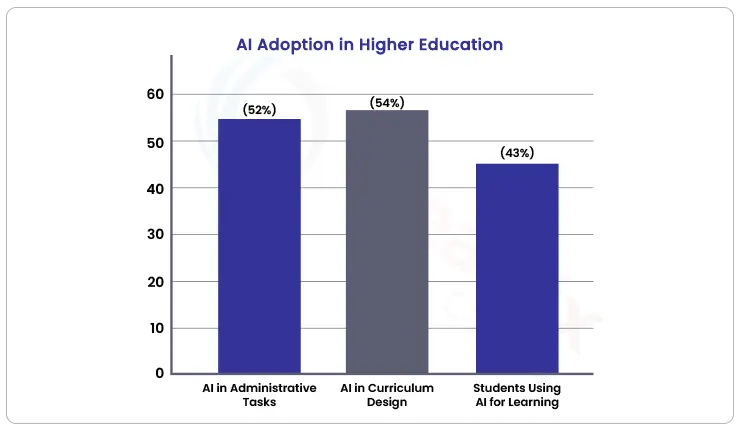I vividly recall when an editor in chief invited me to publish in a well-known journal. Fresh from defending my dissertation, I still grappled with understanding how publishing worked in academia—like whether I should try to imitate the densely written, abstract sentences that appeared in the journal he edited. I thumbed the latest issue and looked at him. “Do you have a house style I should use?”
He shuddered and gave a response I’ve since heard echoed by other editors in chief of similarly well-respected journals: “Please don’t! We publish manuscripts despite how they’re written.”
But this candid advice leaves most graduate students and even seasoned faculty members with another dilemma. If you can’t imitate articles published in the best journals, how do you write up your research so it gets published?
During my early years of teaching writing courses, I discovered that students seldom revised their work significantly, even when they received extensive feedback from both me and their peers. In fact, students failed to revise even when they received feedback and grades from their peers.
All writing students also struggle with the idea that both feedback and grades on their writing are subjective, a reflection of how a particular instructor prefers students to write in a specific course. In addition, English literature and creative writing courses teach students that writing is a combination of mystery and art.
In contrast, researchers in cognitive neuroscience and psycholinguistics identified the features that make sentences easy or difficult to read decades ago. As a result, we can teach students how to make their sentences clear—no matter how complex the subject—by teaching science-based writing methods. And as a graduate student or faculty member, you can improve your own academic writing—and your chances for publication—by focusing on the five basic principles that cause readers to perceive sentences as clear.
- Active voice makes sentences easier to read.
In studies, researchers have discovered that readers comprehend sentences more rapidly when sentences reflect cause and effect. We can trace this to two factors. First, our brains naturally perceive cause and effect, which evolved as a survival mechanism. Research shows, for instance, that infants as young as 6 months old may identify cause and effect.
Second, English sentence structure reflects causes and effects in its ordering of words: subject-verb-object. As researchers discovered, participants read sentences with active voice at speeds one-third faster than they read sentences in passive voice. Moreover, these same participants misunderstood even simple sentences in passive voice about one-quarter of the time. While many writing instructors require students to use active voice, few alert students to the specific benefits of active sentences that make them easier to read. These sentences are shorter, more efficient and more concrete, while sharpening readers’ sense of cause and effect.
Consider the differences between the first example below, which relies on passive voice, and the second, which uses active voice.
Passive: It has been reported that satiety may be induced by the distention of the gastric antrum due to the release of dissolved gas from carbonated water, which may improve gastric motility, thereby reducing hunger.
Active: Cuomo, Savarese, Sarnelli et al. reported that drinking carbonated water distends the gastric antrum through the release of dissolved gas, inducing satiety and improving gastric motility, all of which reduce hunger.
- Actors or concrete objects turn sentences into microstories.
Academic writing naturally tackles complex content that can prove challenging even to subject matter experts. However, writers can make even challenging content comprehensible to nonexperts by making cause and effect clear in their sentences by using nouns that readers can easily identify as subjects. When the grammatical subjects in sentences are nouns clearly capable of performing actions, readers process sentences with greater speed and less effort. For actors, use people, organizations or publications—any individual, group or item created with intention that generates impact.
We unconsciously perceive these sentences as easier to read and recall because identifying actors and actions in sentences aids readers in fixing both a word’s meaning and the role it plays in sentence structure. Furthermore, these nouns enhance the efficiency of any sentence by paring down its words. Take these examples below:
Abstract noun as subject: Virginia Woolf’s examination of the social and economic obstacles female writers faced, due to the presumption that women had no place in literary professions and so were instead relegated to the household, particularly resonated with her audience of young women who had struggled to fight for their right to study at their colleges, even after the political successes of the suffragettes.
Actor as subject: In A Room of One’s Own, Virginia Woolf examined social and economic obstacles female writers faced. Despite the political success of the suffragettes, writers like Woolf battled the perception that women had no place in the literary professions. Thus Woolf’s book resonated with her audience, young women who had to fight for the right to study at their colleges.
- Pronouns send readers backward, but readers make sense of sentences by anticipating what comes next.
If writers imitate the academic writing they see in print, they typically rely on pronouns as the subjects of sentences, especially “this,” “that,” “these,” “those” and “it.” However, pronouns save writers time but cost readers significantly, for two reasons.
First, readers typically assume that pronouns refer to a single noun rather than a cluster of nouns, a phrase or even an entire sentence. Second, when writers use these pronouns without nouns to anchor their meaning, readers slow down and frequently misidentify the meanings of pronouns. Moreover, readers rated writing samples with higher numbers of pronouns as less well-written than sentences that relied on actors as subjects—or even pronouns like “this” anchored by nouns like “outcome.”
Pronoun as subject: Due to the potential confounding detrimental effects of sulfonylureas and insulin in the comparator arms of the trials evaluating anticancer effects of metformin/thiazolidinediones, it is difficult to draw any firm conclusions from prior studies.
Actor as subject: In trials to assess the anticancer effects of metformin/thiazolidinediones, we had difficulty drawing any firm conclusions from prior studies due to potential confounding detrimental effects from sulfonylureas and insulin.
- Action verbs make sentences more concrete, efficient and memorable.
Open any newspaper or magazine and, even in just-the-facts-ma’am hard news stories, you’ll find action verbs, like “argues,” “reinvents,” “writes” and “remakes.” In contrast, most writers overrely on nonaction verbs. These verbs include “is,” “has been,” “seems,” “appears,” “becomes,” “represents” and that evergreen staple of academic writing, “tends.”
Action verbs enable readers to immediately identify verbs, a process central to comprehending sentence structure and understanding meaning alike. Furthermore, action verbs make sentences more efficient, more concrete and more memorable. In one study of verbs and memory, readers recalled concrete verbs more accurately than nonaction verbs.
When we read action verbs, our brains recruit the sensory-motor system, generating faster reaction times than with abstract or nonaction verbs, which are processed outside that system. Even in patients with dementia, action verbs remain among words patients with advanced disease can identify due to the semantic richness of connections action verbs recruit in the brain.
Nonaction verbs: Claiming the promotion of research “excellence” and priding oneself in the record of “excellence” has become commonplace, but what this excellence is concretely about is unclear.
Action verbs: Research institutions claim to promote faculty on the basis of research “excellence,” but institutions define “excellence” in many ways, with few clear definitions.
- Place subjects and verbs close together.
When we read, we understand sentences’ meaning based on our predictions of how sentences unfold. We unconsciously make these predictions from our encounters with thousands of sentences. Most important, these predictions rely on our ability to identify grammatical subjects and verbs.
We make these predictions easily when writers place subjects and verbs close together. In contrast, we struggle when writers separate subjects and verbs. With each increase in distance between subjects and verbs, readers exert greater effort, while reading speeds slow down. More strikingly, readers also make more errors in identifying subjects and verbs with increases in the number of words between subjects and verbs—even in relatively short sentences.
For example, in this sentence, readers must stumble through two adjective clauses, noted in orange below, before encountering the verb “decreases,” paired with the underlined subject, “rule”:
Specifically, a rule that indicates a reduction in delay that precedes an aversive consequence decreases procrastination in university students.
But this separation strains working memory, as readers rely on subject-verb-object order to identify sentence structure. Ironically, as academic writers gain sophistication in their subject-matter expertise, they frustrate readers’ mechanisms for comprehension. Your urge to immediately modify the subject of your sentence with phrases and clauses slows reading and increases readers’ sense of conscious effort.
On the other hand, reading speeds increase while effort decreases when subjects and verbs appear close together. Introduce your main point with a subject and verb, then modify them with clauses or phrases:
Specifically, university students decrease procrastination when they face aversive consequences immediately for failure to meet deadlines.
These principles will work in any discipline, enabling writers to control how editors and peer reviewers respond to their manuscripts and proposals. These changes can help make an academic career successful, crucial in today’s competitive environment.













